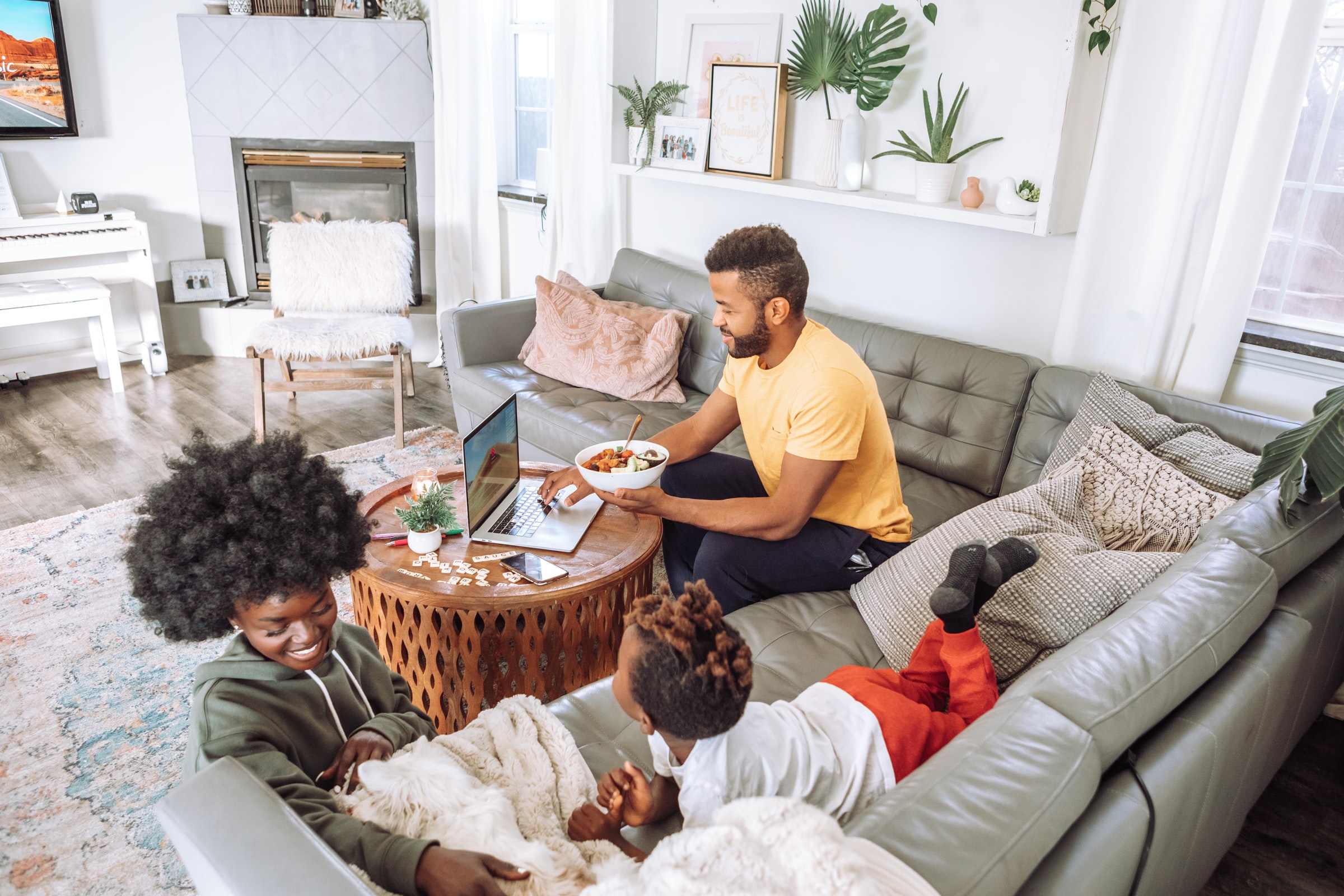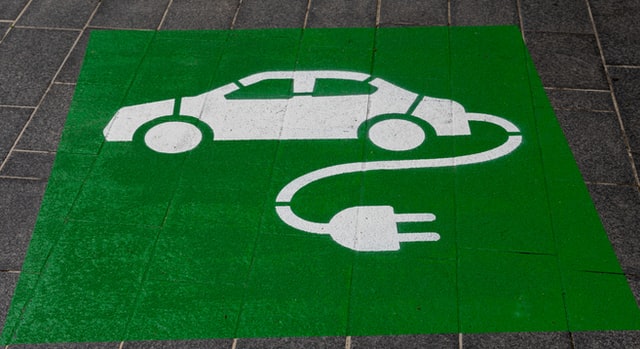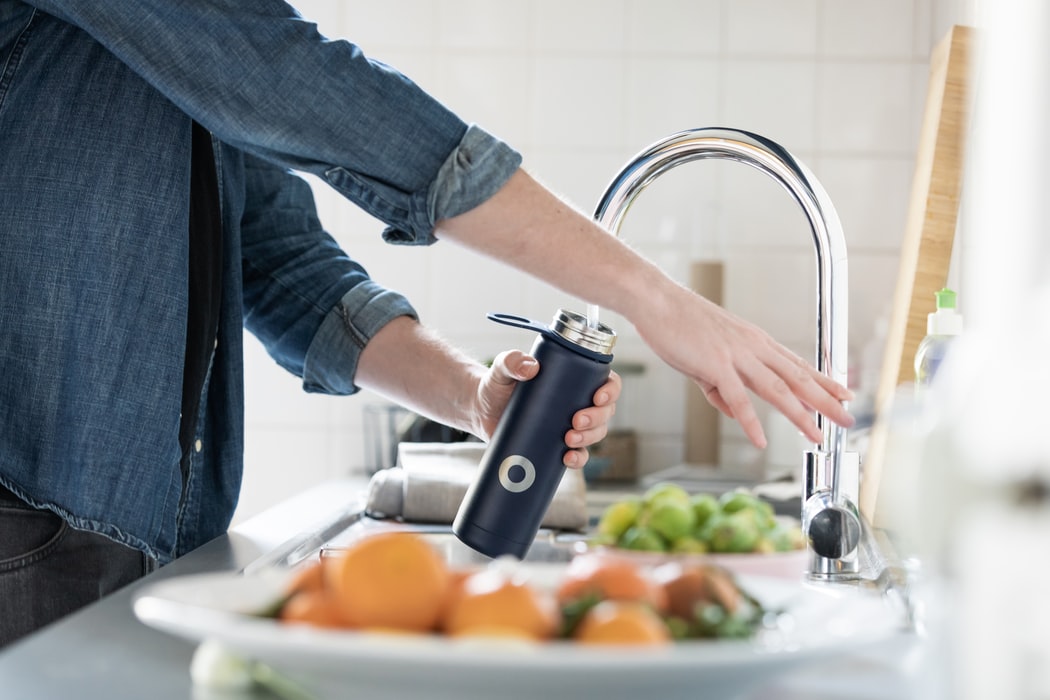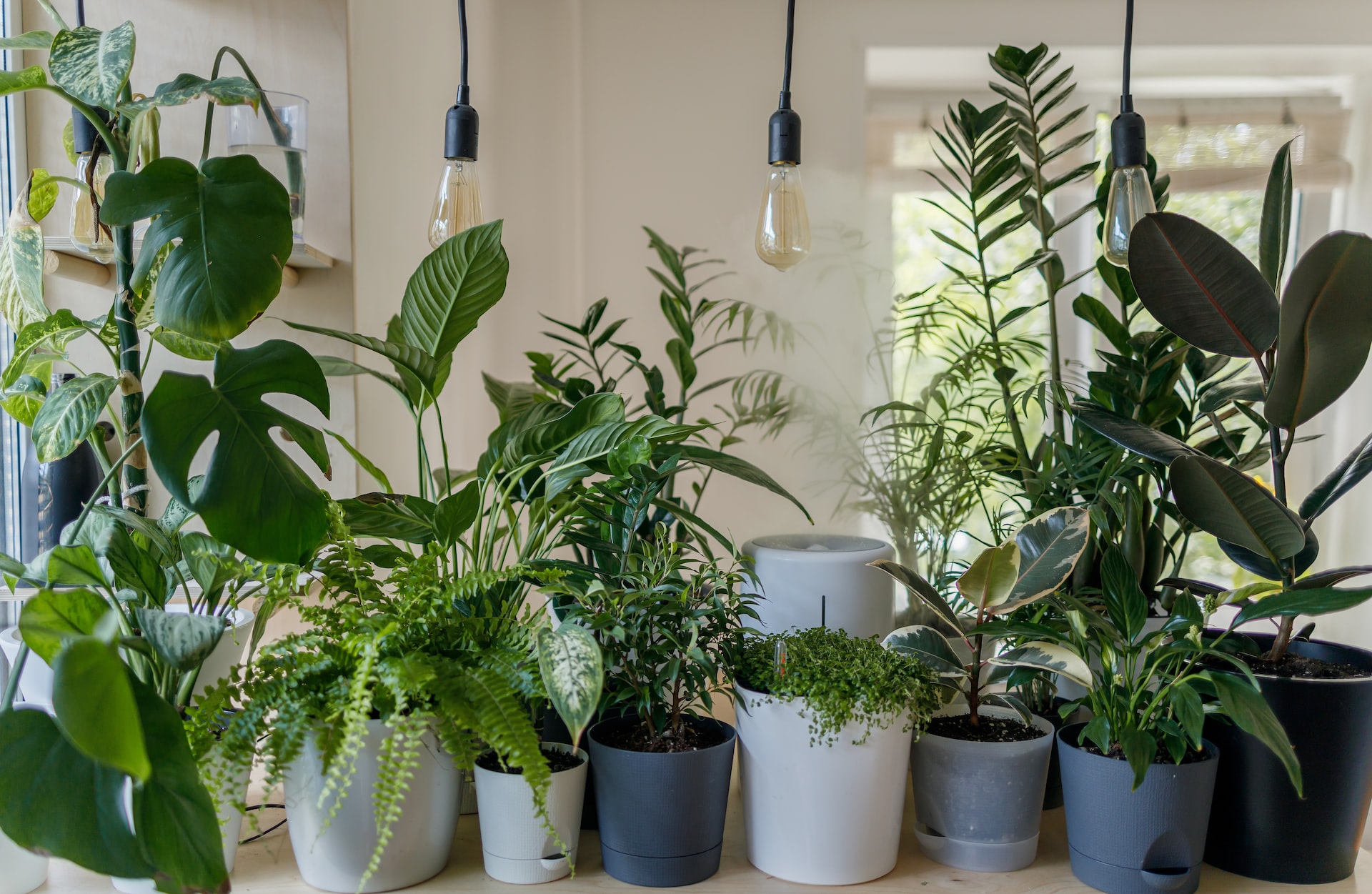We’ve all heard the old adage that if it can happen, it will – but that doesn’t have to be the case! While it’s true that there are always safety hazards around the house, we’ve got some simple ways to be proactive and prevent accidents before they occur. Our ultimate guide is filled with helpful steps you can take to secure your home and prepare for the unexpected.
What to do in case of an emergency
In the event of an emergency, it’s important to know what to do. Need some pointers? We’ve got you. Here are a couple of tips on how to handle household accidents.
Don’t panic. Staying calm might seem difficult when you’re faced with an emergency but it’s one of the most important things you can do. Take a few deep breaths to center yourself so you focus on taking care of the situation at hand.
If necessary, call your local emergency contacts. Sometimes things happen that require the assistance of trained professionals. Look up the emergency contact numbers in your area and program them into your phone – extra points for putting them on speed dial.
What should be in your at-home first aid kit?
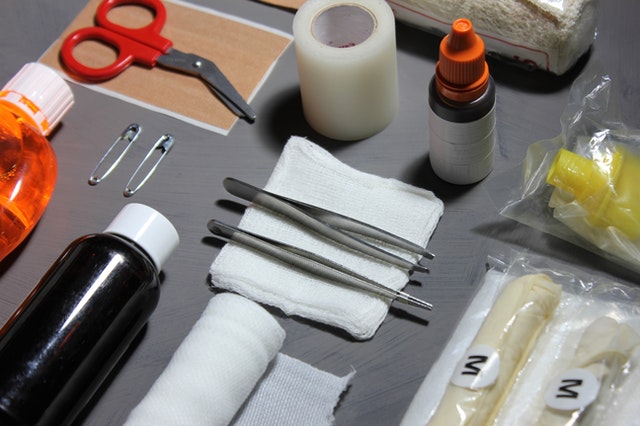
Properly outfitting your first aid kit is a great start to accident preparation and prevention. The American Red Cross recommends keeping a first-aid kit in your home and your car so you’re ready for any situations that come your way.
Essentials for an at-home first aid kit
No matter what, make sure you’ve got these essentials on hand:
- A first-aid manual
- Adhesive bandages in various sizes
- Antibiotic ointment
- Super glue
- Hydrogen peroxide
- First Aid Solution
- Sterile gauze pads in various sizes
- Tweezers
First aid kit supply checklist.
You can purchase ready-made first aid kits or make your own. Whether you’re re-upping on supplies or purchasing for the first time, use this comprehensive list (for a family of four) to get everything you’ll need.
- 2 absorbent compress dressings
- 25 adhesive bandages in various sizes
- 1 adhesive cloth tape
- 5 antibiotic ointment packets
- 5 antiseptic wipe packets
- 2 packets of aspirin
- 1 emergency blanket
- 1 breathing barrier with a one-way valve
- 1 instant cold compress
- 2 pair of nonlatex gloves
- 2 hydrocortisone ointment packets
- 1 gauze roll bandage
- 1 roller bandage
- 5 sterile gauze pads
- 5 sterile gauze pads
- Oral thermometer (non-mercury/non-glass)
- 2 triangular bandages
- Tweezers
- Emergency First Aid guide
- Flashlight
- Safety pins
- Calamine lotion
- Sharp scissors
- Soap
- List of emergency phone numbers
A kid-friendly first aid kit
For families with children, having a first aid kit available for your kids to use is always a good idea. Put it in an easy-to-reach place, and show your kids where it’s located and how to use each item. Stock your kid’s kit with the following:
- List of emergency phone numbers (including the numbers of relatives or family friends who live nearby)
- Flashlight
- Adhesive bandages
- Antibiotic ointment
Preventing falls
Falls are one of the most common household accidents, but they’re also super easy to prevent. Here are top tips on fall prevention.
Slip-proof your floors. Wipe up any liquid messes as soon as they happen. Just mopped the floor? Make sure everyone in the house knows not to walk on it until it’s completely dry.
Properly light dark areas. Put lights on your stairs, and install night lights in the bedroom and bathroom. Keep rooms well-lit, especially if there are elders or children living in your home.
Install handrails on stairs. Install handrails along your stairs for your family to hold onto as they go from floor to floor.
Clear clutter. Remove any hazardous obstacles from walkways. Instead of placing items on the floor, try storing them in totes, bins, cupboards, or on shelves.
Get rid of frayed rugs. Rugs are a tripping hazard if they don’t lie completely flat on the floor or they have frayed spots.
Preventing outdoor accidents
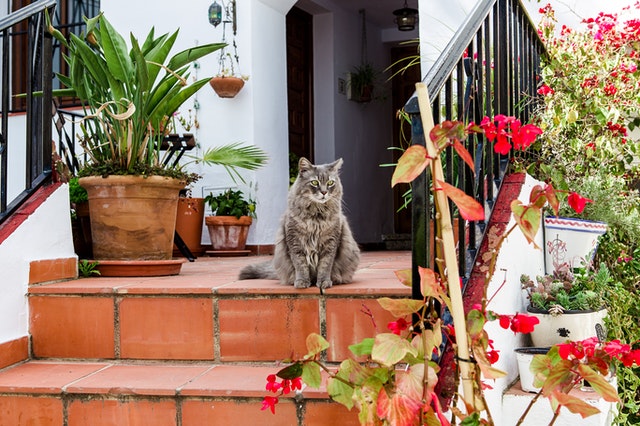
Do you spend a lot of time outdoors? Prevent accidents from happening in and around your yard with these tips.
Clear sidewalks. Prevent outdoor accidents with a hard-and-fast rule that no bikes, kites, boxes, trash, or any other item can be left on or near the sidewalk.
Fix broken steps. If you notice that your steps are beginning to crack or break, have them fixed as soon as possible.
Illuminate the sidewalk. Line your sidewalk with lights to help your family walk safely at night and on overcast days.
Clean up any safety hazards such as ladders. Put away ladders and tools immediately after using them, and keep hazardous chemicals like paint away from children and walkways.
Protect children and elders
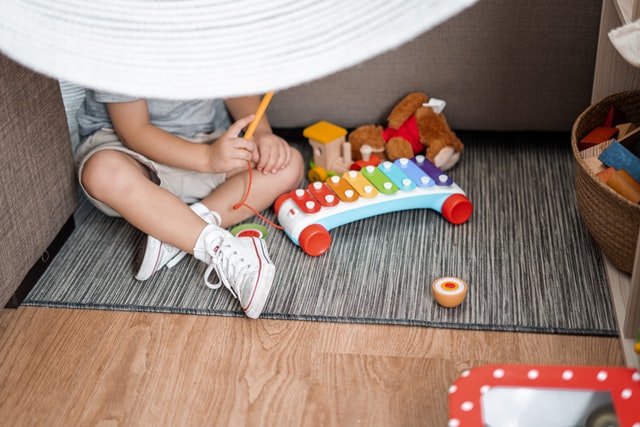
Child-proofing, baby-proofing, and elderly-proofing your home are simple ways to put a stop to home accidents before they happen. Don’t forget your pets, too!
Stairs. Install stair lights or plug-in night lights at the top and bottom of any staircases in your home. For babies and young children, put safety gates at the top and bottom of the stairs and use bannister guards to keep kids from getting stuck in between the balusters.
Windows. Install window guards to keep your children safe around the windows. Make sure they’re easy for older children and adults to open in the event of a fire. Don’t place furniture near windows.
Baby-proofing. Install cabinet locks, drawer locks, stove-knob, and outlet covers, and place non-skid pads under rugs. Use corner pads to soften sharp table edges, and keep electrical cords well hidden. Ensure dangerous chemicals, important items, and anything breakable is kept out of reach of tiny hands and mouths.
Toy safety
Certain safety concerns need to be taken into consideration before introducing a new toy to your child. Here are some important points for toy safety.
Check for manufacturing recalls. Keep an eye on manufacturing recalls for any toys you purchase for your child. The Consumer Product Safety Commission regularly issues a product recall report, which includes children’s toys.
Read warning labels and packaging information. Many toys aren’t suitable for children under a certain age, so check warning labels and packaging information to ensure the toy is okay for your child.
Avoid toys with small parts. Children under age three shouldn’t be allowed to play with toys that have small parts that they might put in their mouths. Avoid things like balloons, bean bag chairs, and toys that easily come apart.
Discard all packaging and plastic bags, especially around young children. Kids love unpacking new toys, but little kids also like the packaging, which can pose a risk to young children. Make sure you toss any packing and plastic that the toy came in right away.
Heater safety
Space heaters are magical pieces of technology, but exercise caution when using them. Use your space heater safely with these easy-to-apply tips.
Never put space heaters near anything that can ignite. Keep your space heater at least five feet away from anything flammable, such as your bed, the couch, the curtains, a blanket, bag, or bookshelf.
Turn off space heaters when sleeping or leaving a room. A space heater left unattended can turn into a major safety hazard. Always turn your space heater off before exiting a room or going to sleep.
Supervise children or pets when a space heater is in use. Tell older kids not to touch the space heater when it’s on, and monitor younger children carefully to prevent accidents.
Never use a space heater to dry clothing or blankets. As tempting as it is to dry your socks or sweater with the space heater, it can actually do more harm than good. Keep clothes and other flammables away from your space heater.
Natural gas safety
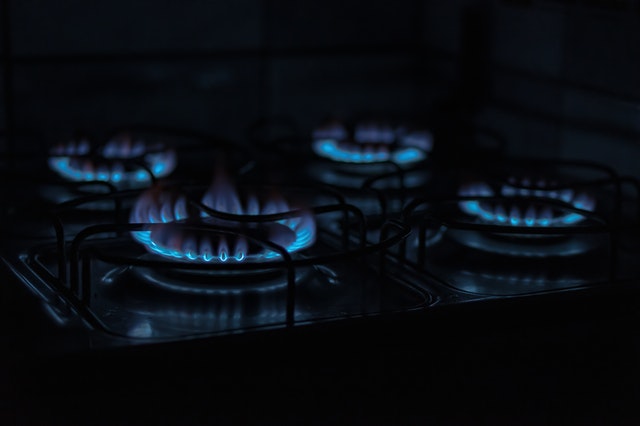
Furnaces, ranges, water heaters, clothes dryers — if any of these appliances use natural gas, it’s a good idea to think about gas leak prevention. First things first, make sure all your appliances have been properly installed. Replace old gas line fittings or old gas shut-off valves if they’re past their prime. Check your gas appliances regularly, and have your gas line monitored. Maintain your HVAC system, and install a carbon monoxide detector if you haven’t already got one.
If you suspect a gas leak, call your gas company right away, and immediately shut off the gas supply, open your doors and windows, and turn off any electrical devices.
Electrical appliance safety
Household accidents involving electricity are quite common. Minimize the risk associated with your electrical appliances by using these safety tips.
Keep appliances away from water at all times. Electricity and water don’t play well together, so keep your electrical appliances away from water to avoid danger.
Don’t plug too many appliances into the same outlet at once. Circuit overload is a common occurrence that can cause your outlet to melt and expose wires. Use a powerstrip to prevent your outlets from becoming overwhelmed.
Call an electrician if your lights flicker or dim. Are your lights acting a little funny? Get it checked out by a professional before it becomes a bigger problem. Flickering or dim lights could be a sign of loose or poor wiring.
Holiday decoration safety
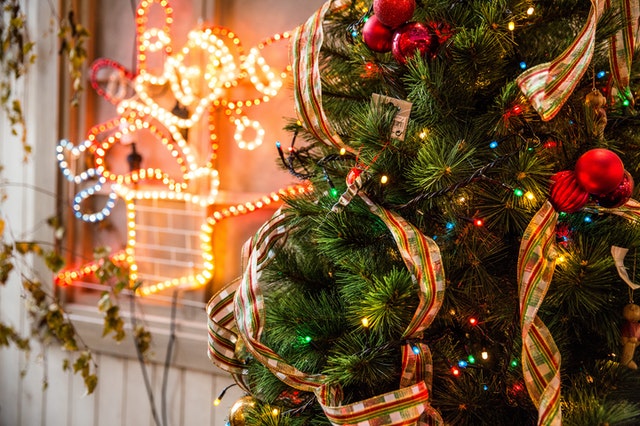
Decorations are a given on many holidays, but it’s important to use them safely. Check out these tips to have a fun and safe holiday.
Read all instructions before hanging decorations. Read the instructions before hanging any holiday decorations. Certain decorations, like lights or other electrical decorations, have specific requirements that need to be followed to prevent accidents.
Never overload an outlet or string lights together inappropriately. Use a power strip or spread your lights out to avoid overloading a single outlet with lights and check the manufacturer’s instructions to see how many lights you can safely string together.
Clear all cords and wires from common areas. Cords laying in walkways or paths inside or outside your home can cause safety hazards. Tuck them out of the way to prevent accidents.
Unplug holiday lights when you leave the house or go to sleep. Don’t leave holiday lights on unattended – they can easily heat up and become safety hazards. Before you go out or go to sleep, make sure you’ve turned off and unplugged your string lights.
Home safety is a simple matter of keeping an eye on potential hazards and removing them before they put someone’s well-being at risk. Walkthrough your home each month with an eye to potential hazards—check the light bulbs, smoke and carbon monoxide detectors, stairs, railings, and other common household hazards. Fix anything that needs fixing right away, and you can enjoy peace of mind that your home is as safe as possible for everyone who lives in it.
